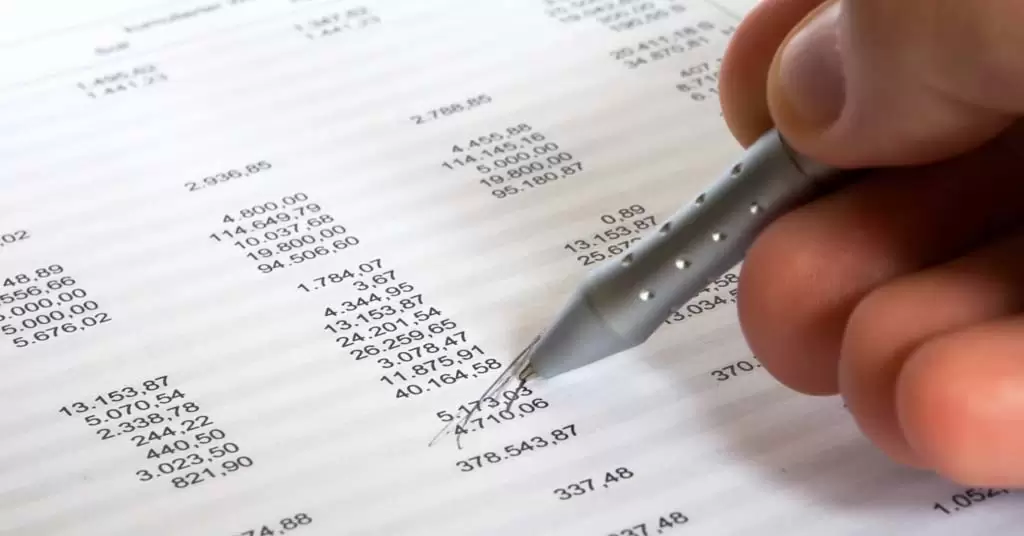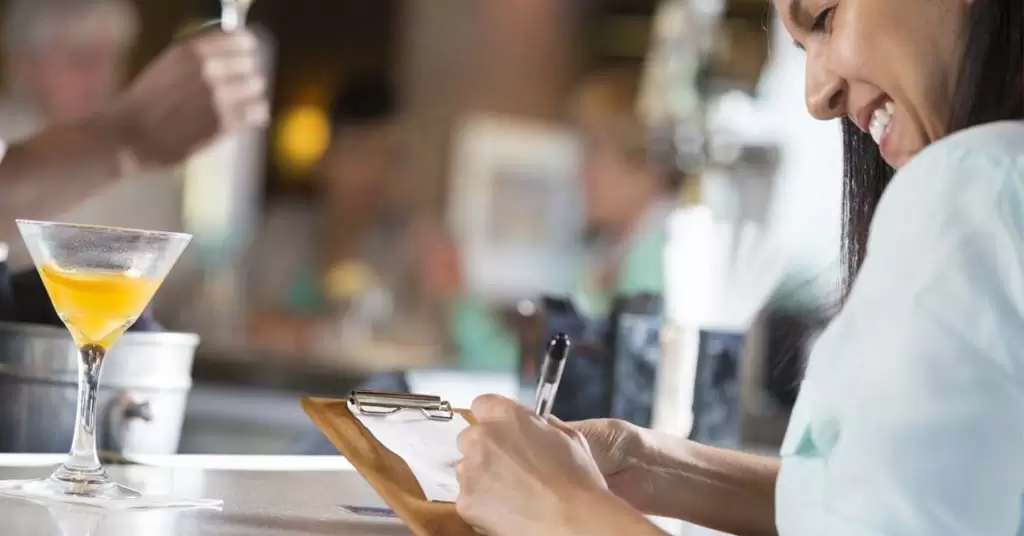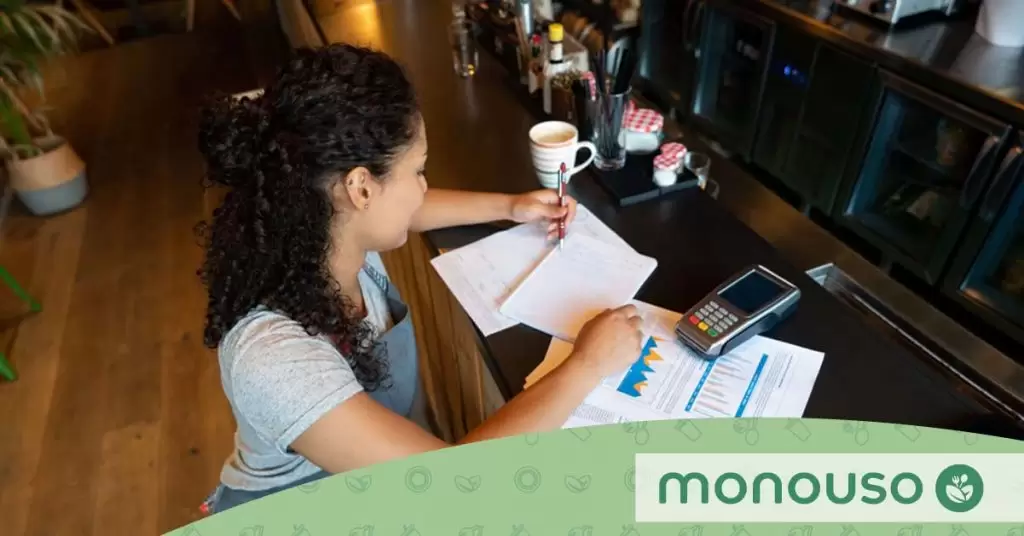Are you wondering what are the monthly expenses of a restaurant? Congratulations! Today, we will answer this question in this post. It is specifically designed for restaurateurs who want to better manage their hospitality business.
The time has come to study the monthly expenses of your restaurant to determine the percentage of profit, taking into account both variable and fixed costs. We talk about some important aspects for those who are concerned about keeping their establishment afloat.
Get comfortable, because here we will analyze everything in detail about the monthly expenses of a restaurant. Let’s go!
What are the most common expenses?
Next, we will discuss what are the average monthly expenses of a restaurant:
1. Food expenses
In general, food expenses in a restaurant business should be covered by approximately 30% of sales. It is important that you do not exceed this figure or else you will need to reconsider the way you shop.
If this is not enough for you, then start renegotiating prices or look for another supplier. You can also use the food cost formula, which is a good way to keep track of your expenses and know how much you need to spend on food each month.
2. Personnel expenses
Employee salaries are another expense that you should analyze carefully. In many restaurants the total payroll cost should be covered by 25% or 30% of the monthly food sales.
It should be noted that in most of the successful restaurants in Spain this figure is not exceeded at the time of meeting personnel expenses.
3. Kitchen equipment expenses
Kitchen equipment expenses are one of the investments that will affect your budget the most, especially when you are just opening your restaurant. You have to buy appliances such as ovens and stoves, steamers, freezers, cooking utensils and many others.
Here we recommend you to explore the possibility of buying catering equipment that is on sale. You can search for such deals through a quick Google search. Also, remember that you don’t necessarily need to buy the most expensive appliance in each category.
4. Repair and maintenance costs
For repair and maintenance expenses, you should budget between 1% and 3% of monthly sales. This budget is essential, because if there is a breakdown of any equipment, you will be able to solve it quickly.
To ensure that your bar or restaurant is always operating, you must keep your restaurant’s equipment in excellent condition. Preventive maintenance will also help prolong the useful life of your appliances.
5. Expenses in renting the premises
First of all, you should know that you have to strike a balance between finding a suitable place to open your restaurant and paying as little as possible in rent. This is one way to ensure that your chances of success are greater.
Now, rent should not exceed 6% of your monthly sales. However, the figure may increase in case it includes expenses related to the property, such as real estate taxes, maintenance of common areas; etc. But do not exceed 10%.
6. Utility expenses
Utility costs represent approximately 5% of the monthly sales. Here we are talking specifically about electricity expenses, telephone bills and Internet service expenses.
As the owner of your bar or restaurant, you must set an example for your employees. To do so, start by minimizing these expenses by turning off lights when you don’t need them and switching to energy-saving light bulbs.
Monthly expenses of a bar How profitable is it?
Now, let’s see what are the monthly expenses of a bar that you should know if you want to manage your hospitality business well.

Although, beforehand, you should know that you will find similarity with the expenses of a restaurant
- The premises: If you decide to rent premises, it is necessary that you allocate a deposit depending on the value between 1 to 3 months. However, remember that rental expenses should not exceed 10% of your monthly sales.
- Variable expenses: Water, electricity, telephone, rent, etc. Under no circumstances should these expenses exceed 10% or at most 15% of your monthly sales.
- Raw material purchases: These expenses should represent between 30 and 35% of your monthly sales. Under this aspect, it is also important to have a portfolio of reliable suppliers, with high quality merchandise.
- Number of employees: The cost structure that addresses personnel payroll expenses should represent between 30 and 40% of the monthly turnover. This figure may vary depending on the size of the store and its potential growth.
It should be noted that the profitability margin of a bar is considered stable when it ranges between 10 and 20% of turnover.
How to reduce expenses in my hospitality business
Now, we will talk about some ways to reduce expenses in a restaurant and increase the monthly/annual profit margin:
- If there is a dish that many customers return or do not request regularly, eliminate it from the menu. This way, you won’t waste ingredients by preparing a food that no one likes.
- Buy food in adequate quantities. No matter if you are offered discounts for very high quantities, do not accept them, mainly because the food may expire and this will bring you pure losses.
- Bet on reducing production costs in your catering business, as this can result in significant savings.
- Assign your employees alternative tasks that are usually not performed during the busiest hours of the day.
- Reduce the number of staff to save on the wages you pay. But, this must be done without compromising the quality of service you offer to your potential customers. There are different ways to calculate staffing for a restaurant
How much do I earn and how much do I spend in my restaurant?
It will always be necessary to keep you informed about the gross margin you are achieving in your restaurant sales. And, the best way to do this is:
- Add up your sales for a specific period of time, for example, it could be a week or a month.
- From this figure, you will subtract the expenses that are directly related to that amount of sales. And that’s it!
By following these simple steps, you will be able to find the exact cost of the food purchases made in the period of time you have selected. In addition, to support you, you can keep the restaurant’s accounting in Excel.
What does a restaurant’s monthly profit consist of?
The first thing you need to know is that the profit margin of a restaurant will depend on each type of restaurant. In this case, smaller physical and operational businesses will leave a higher percentage of profit, and larger businesses will leave less profit.

Yes! Larger restaurants have a greater capacity to receive diners. But, they also require more human and maintenance resources.
In addition, a gourmet menu requires a complicated elaboration process and expensive raw materials, which are difficult to obtain in many cases. These are factors that negatively influence the profit margin.
So, it can be said that, for example:
- A Food Truck can have a net profit margin of 8%.
- A bar may have a net profit margin of 10%.
- A gourmet restaurant may have a net profit margin of 4%.
does a restaurant’s monthly expenses seem like a lot? Just get organized and you will control all expenses.
What are the most common expenses for a restaurant?
Among the most common expenses for a restaurant are food, staff, kitchen equipment, repairs and maintenance, rent of the premises, utilities.
How can I reduce costs in my hospitality business?
– Analyse your menu for dishes that are not profitable.
– Buy food in the right quantity
– Reduce production costs
– Adjust staffing to your needs
What is the net profit of different types of hotel businesses?
We could say that a food truck can count on a net profit margin of 8%, a bar 10% and a gourmet restaurant 4%.

